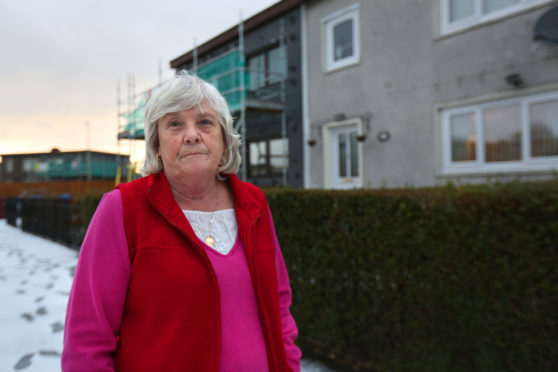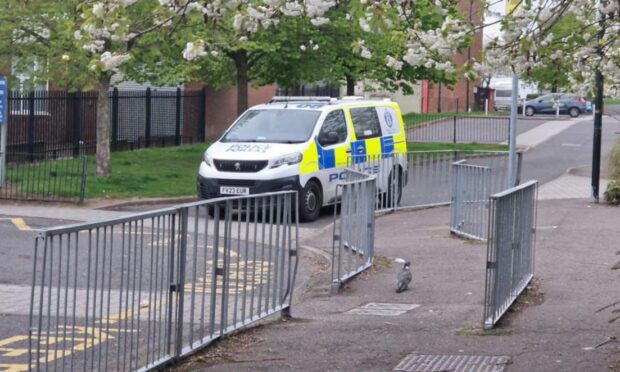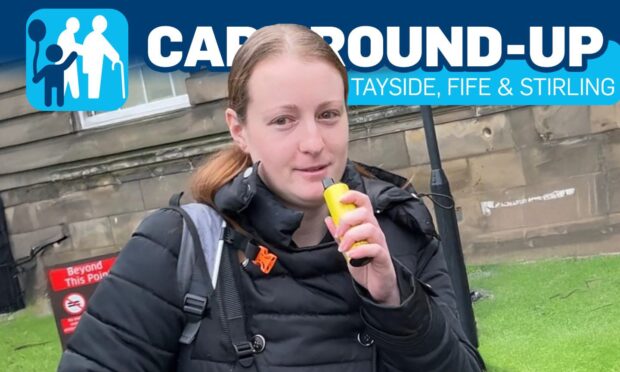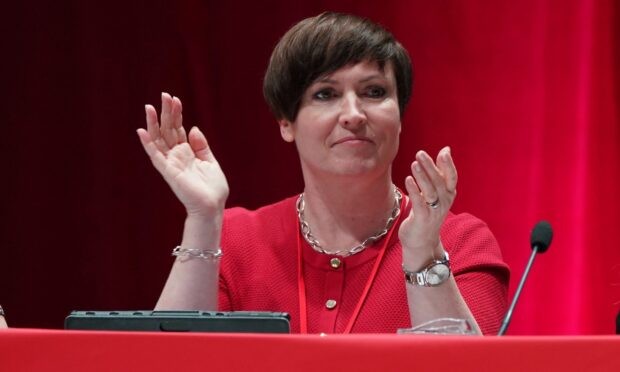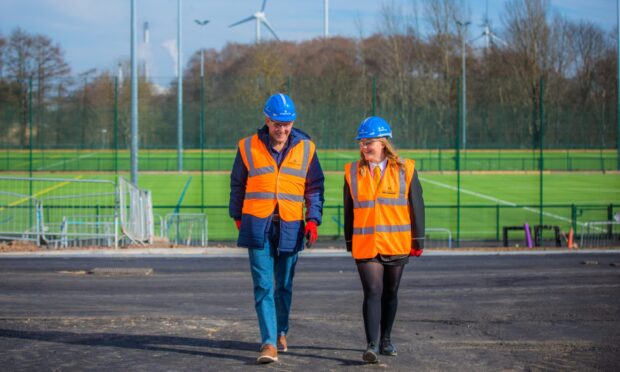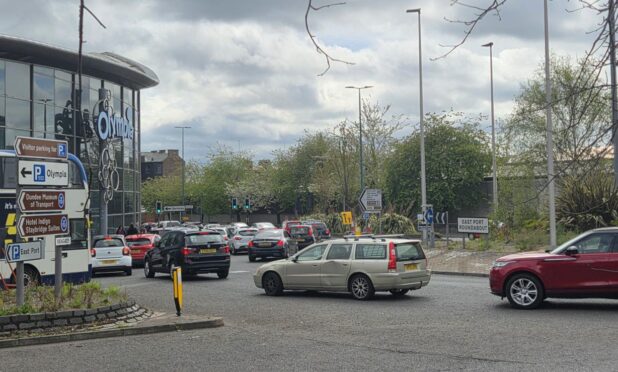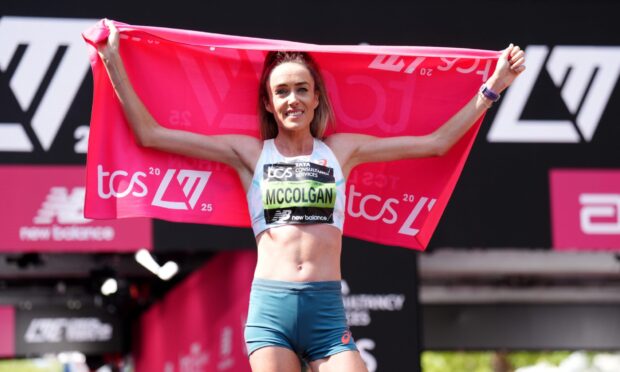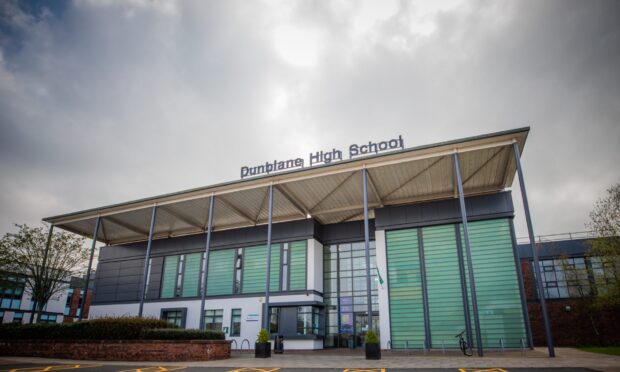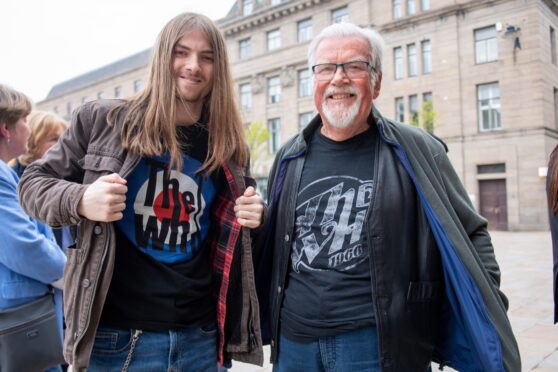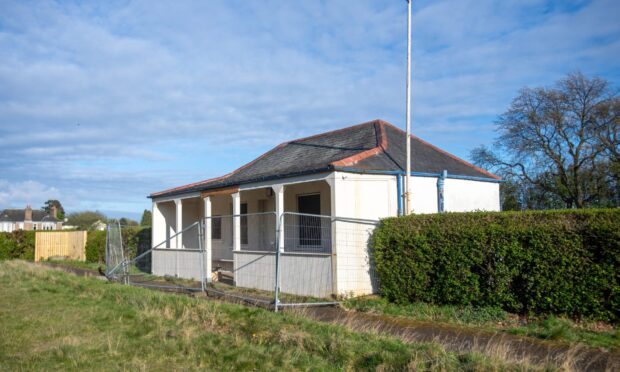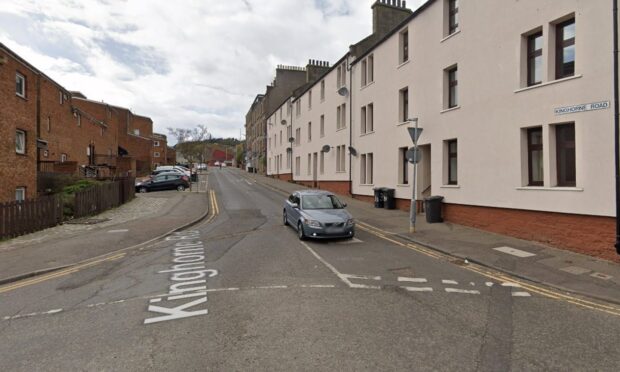Residents of a Dundee housing scheme said they have been left in the cold after being told their houses are not covered by a council grant for insulation.
A number of people in Dryburgh Street are claiming Dundee City Council has “forgotten about them” after delays of almost five years in putting cladding on the outside of their “cottage” style houses.
Dundee City Council’s neighbourhood services committee approved plans on Monday to insulate 120 homes on Barnes Avenue, 87 of which are privately owned.
Funding support for the insulation scheme means those owner-occupiers will not have to contribute to the cost of the cladding, unlike residents of other properties in Dryburgh.
The council said it does not have the funding to clad the cottage style properties on Dryburgh Street which are privately owned, leading to calls of “inequality” from some city councillors.
Residents in some of the properties were offered the right to buy their then council owned homes, under housing legislation introduced in the 1980s by the Thatcher government.
One such couple, Margaret and Patrick Davidson, have been told they are ineligible for funding for external wall insulation, despite living in a home with some of the “worst fuel efficiency in the city”.
Margaret said they received a letter as far back as 2013, saying they would be eligible for the cladding — which is said to drastically improve heating efficiency and slash energy costs for the houses it covers.
Mrs Davidson and her husband, both 77, have lived in their home for more than half a century.
Margaret said the houses, which were built immediately after the Second World War, were never supposed to last longer than 25 years and she and her husband had carried out work internally to try and limit the amount of heat escaping from the walls.
“We would like the insulation, everyone would. Some of the houses, which are council owned, are getting it and it is going to make the scheme look odd if some have it and some don’t,” she said.
“I worry it will turn people in the street against each other, between those who have it and those who don’t.
“We received a letter in 2013, then it all went quiet. We asked the council repeatedly when it was going to start but heard nothing.
“The next thing we know, some of the houses have started to have the work done.”
Gael Lindsay, who also lives on the street, said: “The general feel in Dryburgh is that we are the forgotten area of Dundee and a lot of residents feel frustrated by the way the council have dealt with the cladding in our area.”
Labour Lochee councillor Charlie Malone said: “Some of these houses are the worst in Dundee for fuel efficiency, but they are still waiting years to have the work done.
“There has been a lack of dialogue between the council and residents, we have been asking for commitments but none have materialised.
“Complaint after complaint has been risen, but it is not about the council meeting with councillors, it’s about them meeting with the public.”
Fellow Labour Lochee councillor Charlie Malone added: “Houses in Dryburgh are ice boxes and old people are putting their heating on full-blast to make it through winter.
“There is a real issue of inequity here.”
A spokesperson for Dundee City Council said: “The council has a finite level of Scottish Government funding through HEEP-ABS (Home Energy Efficiency Programme — Area Based Scheme) and decided to allocate it to locations where the maximum amount of people can be removed from fuel poverty.
“With this in mind, we are focusing on externally insulating blocks of flats containing a mix of owners and council tenants.
“We still have a responsibility to try to assist our tenants in cottage style accommodation in areas like Dryburgh but, unfortunately the funding doesn’t stretch to providing free external wall insulation to owners in such areas.”
